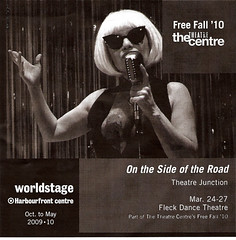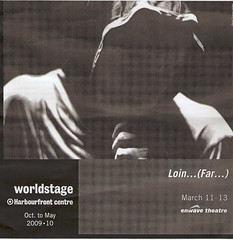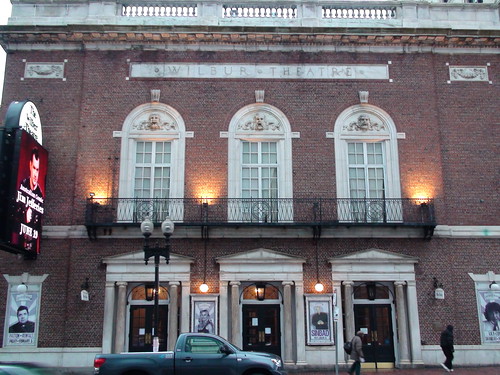In 1930's Miguel Covarrubias wrote about the warrior dance called Baris Gede:
"An indispensable part of the ritual feast of the old villages is the baris gedé, a stately war dance in which ten or twelve middle-aged warriors with their heads covered with flowers, wearing magic scarves, and carrying long spears tipped with peacock feathers, dance in double line, grimacing and striking heroic poses until the music becomes violent, when they enact a sham battle with their black and silver spears.
(...)
The music for the baris, played by a gamelan gong, consist of striking standard melodies with contrasting interludes that indicate the steps and the moods portrayed by the dancer. Every part of his body, from his toes to the tips of his fingers, is in action during the dance. Every muscle of his face is controlled at will to render the storm of passions expressed by the quick tempered warrior;expression of admiration and wonder at an invisible magic world all around him, surprise and rage at imaginary enemies, pleasure, tenderness, and love. But as the music grows more violent, the dancer becomes more and more tense, raising himself on his toes until he gives the impression of growing in height; his eyes seem ready to jump from their sockets, his whole body trembles, making the flowers of his head shake violently. So raised on his toes and with his whole body at high nervous tension, he slaps his tight and points an accusing finger at his enemy, as with wild yells of "Wah!" "Adoh, adoh!" he draws his kris and struts aggressively towards his foe, who comes forward at the same moment; before they meet, the dancer stop defiantly, cursing each other, and when the clash comes, with tiger-like grace they perform a stylized duel of music, in which the routing of one of the characters indicates the end of the dance." (1)
With the same intention but in the different way he tried to depict in drawings each of the main movements of the dance (click on the image to see it in a big size). Notice the attention he had to show those tensions of the dancer's shoulders and fingers and the singular physical posture of the body during the dance:
The next video is what Covarrubias filmed of a Baris Gede performance (the footage is without sound, music was added in 2004 and the narrator is reading words from Covarrubias's book, Island of Bali):
During my travel to Bali in July 2009 I missed the opportunity to see a performance of Baris Bedil (a variation of Gede); we arrived late to a religious festivity (a Market Ceremony) at Malangting Temple, in Bangli Village, and I only could take video and photographs of the dancers and musicians at the end of the festivity (when the final procession was starting); at least you can see a big part of the procession with our dancers in costumes (interesting and beautifully coloured) and compare them with what you saw in Covarrubias's film. Notice that in Baris Bedil in bangli Village wooden riffles are used instead of spears (2):
Now you can see a video (recorded just one month before my visit to Bali) of a Baris Gede performance in Klungkung Village; after 80 years it is pretty much the same choreography:
Video: Baris Gede Dance performance. Klungkung, Bali. June, 2009.
Covarrubias in his book mentions 4 kinds of Baris Warrior Dance: Baris Gede (ritual), Baris Pendét (secular), Baris Tumbak (ritual) and Baris Tekok (ritual). Today in Bali we can find around 30 different kinds of this dance, most of them ritual dances, but one variation of Baris Pandét, the secular style, has become very known around the world; it is a solo dance called Baris Tunggal, and that is what I saw at Ubud Royal Palace.
In my next post I'll show a video of the Baris Tunggal performance in Ubud and I'll try to find why Baris Tunggal is the most known and why is the most technically detailed of all of them.
(1) "Island of Bali" by Miguel Covarrubias.
(2) In this photo by Garrett Kam (Balinese Dance, Drama and Music. A Guide to the Performing Arts of Bali) you can see very well how the Baris Bedil dancers work with a wooden riffle:














